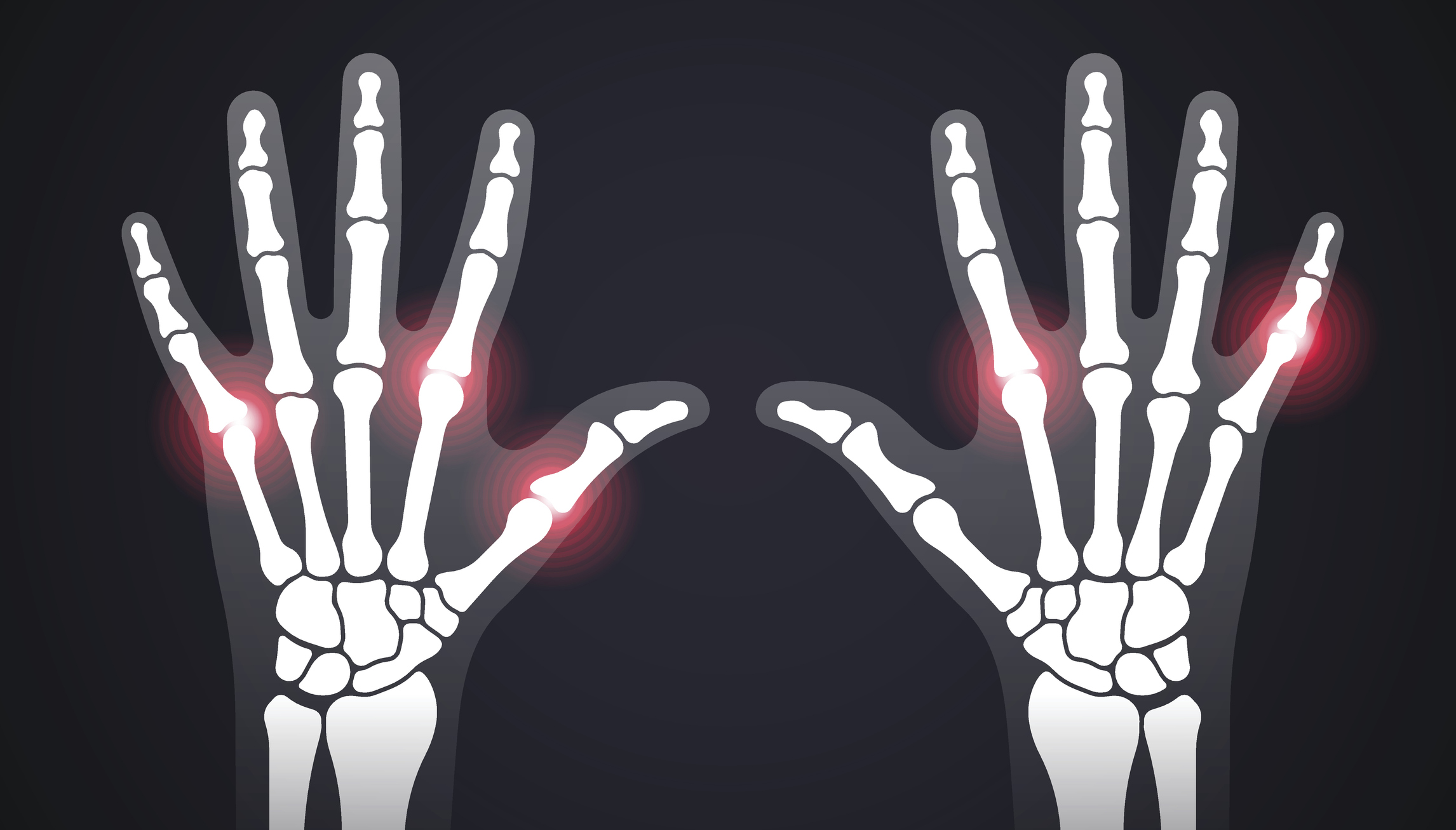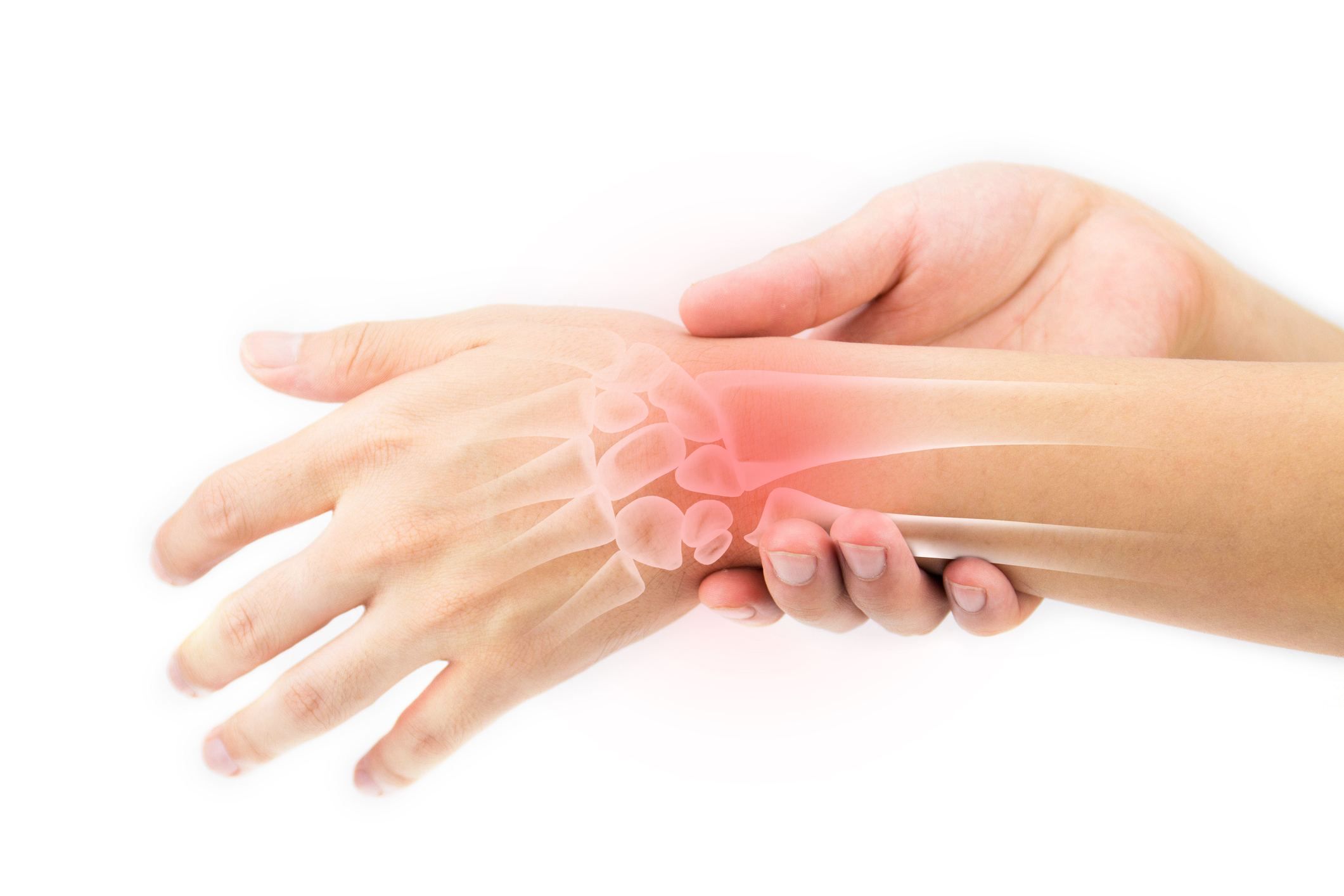What are Hand & Upper Extremity Fractures?
Hand & Upper Extremity Fractures refer to breaks or cracks in the bones of the hand, wrist, forearm, or upper arm. These fractures can occur due to traumatic injuries, such as falls, sports accidents, or automobile collisions, as well as repetitive stress or overuse. Fractures can range from minor hairline cracks to severe breaks that require surgical intervention. Prompt diagnosis and appropriate treatment are essential to promote proper healing and restore hand function.

Why Might You Have Hand & Upper Extremity Fractures?
Hand & Upper Extremity Fractures may occur if you experience:
- Trauma: Direct impact or force to the hand, wrist, forearm, or upper arm, resulting in bone breakage.
- Fall: Landing on an outstretched hand or arm during a fall, leading to fractures.
- Sports Injuries: High-impact sports or activities that place stress on the upper extremities, causing fractures.
- Repetitive Motion: Overuse or repetitive stress injuries that weaken the bones over time, increasing fracture risk.
What Are the Symptoms of Hand & Upper Extremity Fractures?
Symptoms of Hand & Upper Extremity Fractures may include:
- Pain: Localized pain at the site of the fracture, which may worsen with movement.
- Swelling: Swelling and bruising around the affected area.
- Deformity: Visible deformity or misalignment of the hand, wrist, or arm.
- Difficulty Moving: Limited range of motion or inability to move the affected limb normally.
- Tenderness: Tenderness to touch or pressure over the fractured bone.
How Are Hand & Upper Extremity Fractures Diagnosed?
Diagnosis of Hand & Upper Extremity Fractures typically involves:
- Physical Examination: Evaluation of the affected area, including inspection, palpation, and assessment of range of motion.
- Imaging Studies: X-rays, CT scans, or MRI scans to confirm the presence and severity of the fracture, as well as assess for any associated injuries.
- Clinical History: Discussion of the circumstances surrounding the injury, previous medical history, and symptoms experienced.
Treatment Options for Hand & Upper Extremity Fractures
Treatment for Hand & Upper Extremity Fractures depends on the severity and location of the fracture, as well as individual factors such as age and overall health. Treatment options may include:
- Immobilization: Casting, splinting, or bracing to stabilize the fracture and promote healing.
- Closed Reduction: Manipulative techniques to realign the fractured bone without surgery.
- Open Reduction and Internal Fixation (ORIF): Surgical intervention to realign the fracture and stabilize it with screws, plates, or pins.
- External Fixation: Temporary placement of pins or screws outside the body to stabilize the fracture while it heals.
- Physical Therapy: Rehabilitation exercises and therapy to improve strength, flexibility, and range of motion once the fracture has healed.

Recovery and Rehabilitation
Recovery from Hand & Upper Extremity Fractures involves:
- Follow-Up Care: Regular monitoring of the fracture’s healing progress through imaging studies and clinical evaluation.
- Activity Modification: Temporary restrictions on certain activities to prevent further injury and promote healing.
- Physical Therapy: Rehabilitation exercises and therapy to regain strength, flexibility, and function in the hand and upper extremity.
- Gradual Return to Activities: Step-by-step progression back to normal activities and sports, guided by a healthcare professional.
Preventing Hand & Upper Extremity Fractures
Prevention of Hand & Upper Extremity Fractures involves:
- Safety Measures: Using protective gear and equipment during sports and activities to reduce the risk of injury.
- Fall Prevention: Removing tripping hazards, installing handrails, and using proper footwear to prevent falls.
- Proper Technique: Using correct techniques and ergonomics during physical activities and lifting to avoid overuse injuries.
- Bone Health: Maintaining a balanced diet rich in calcium and vitamin D, as well as participating in weight-bearing exercises to strengthen bones.


